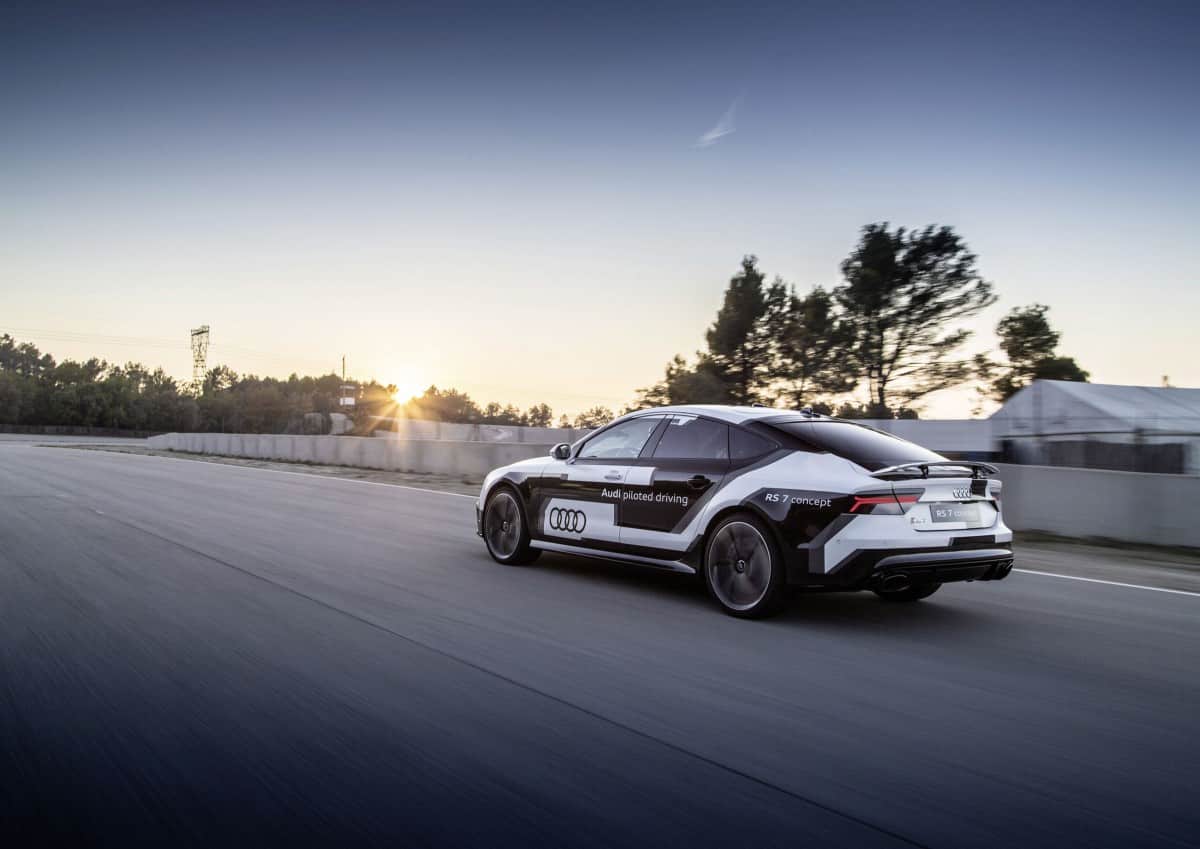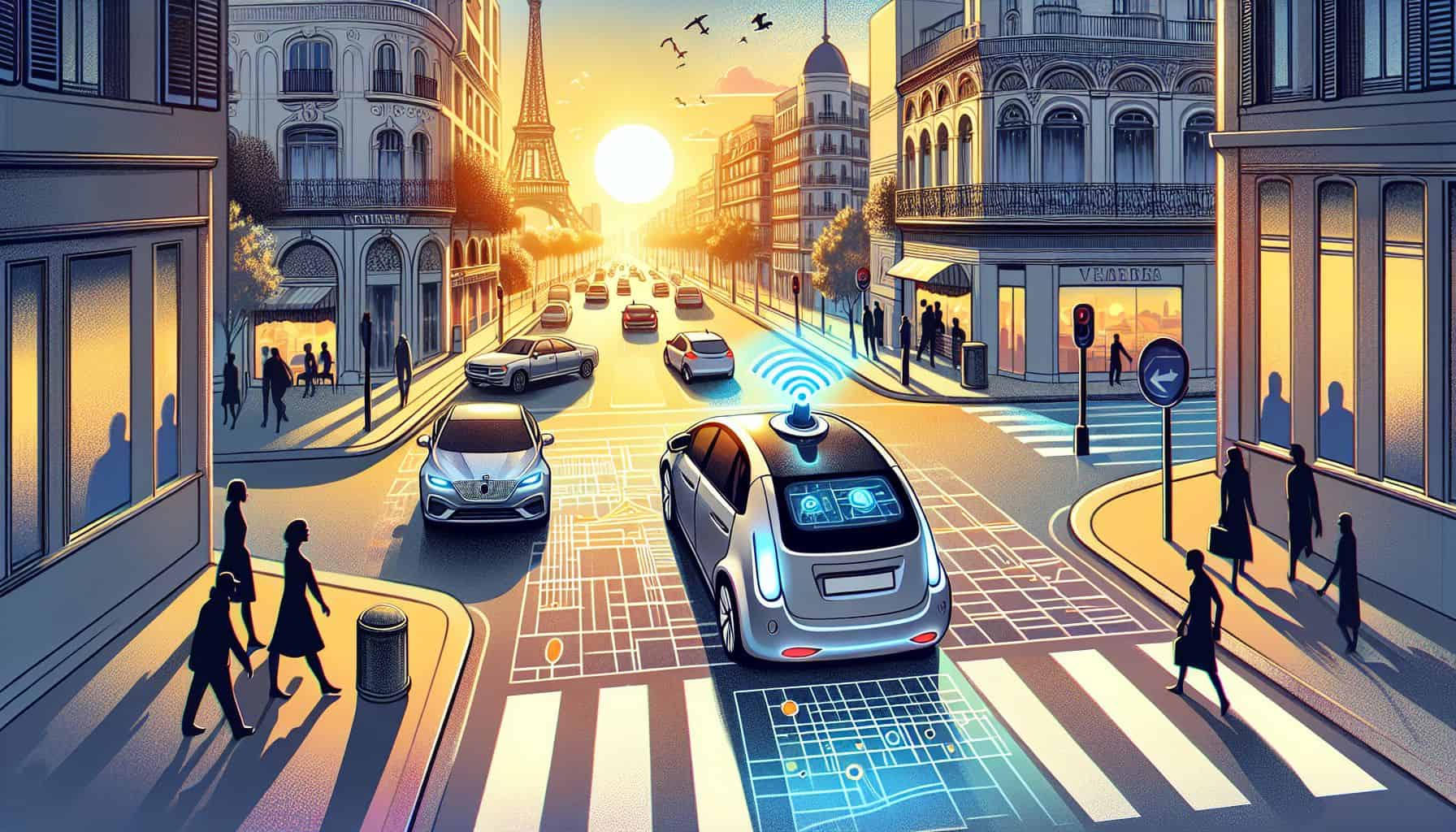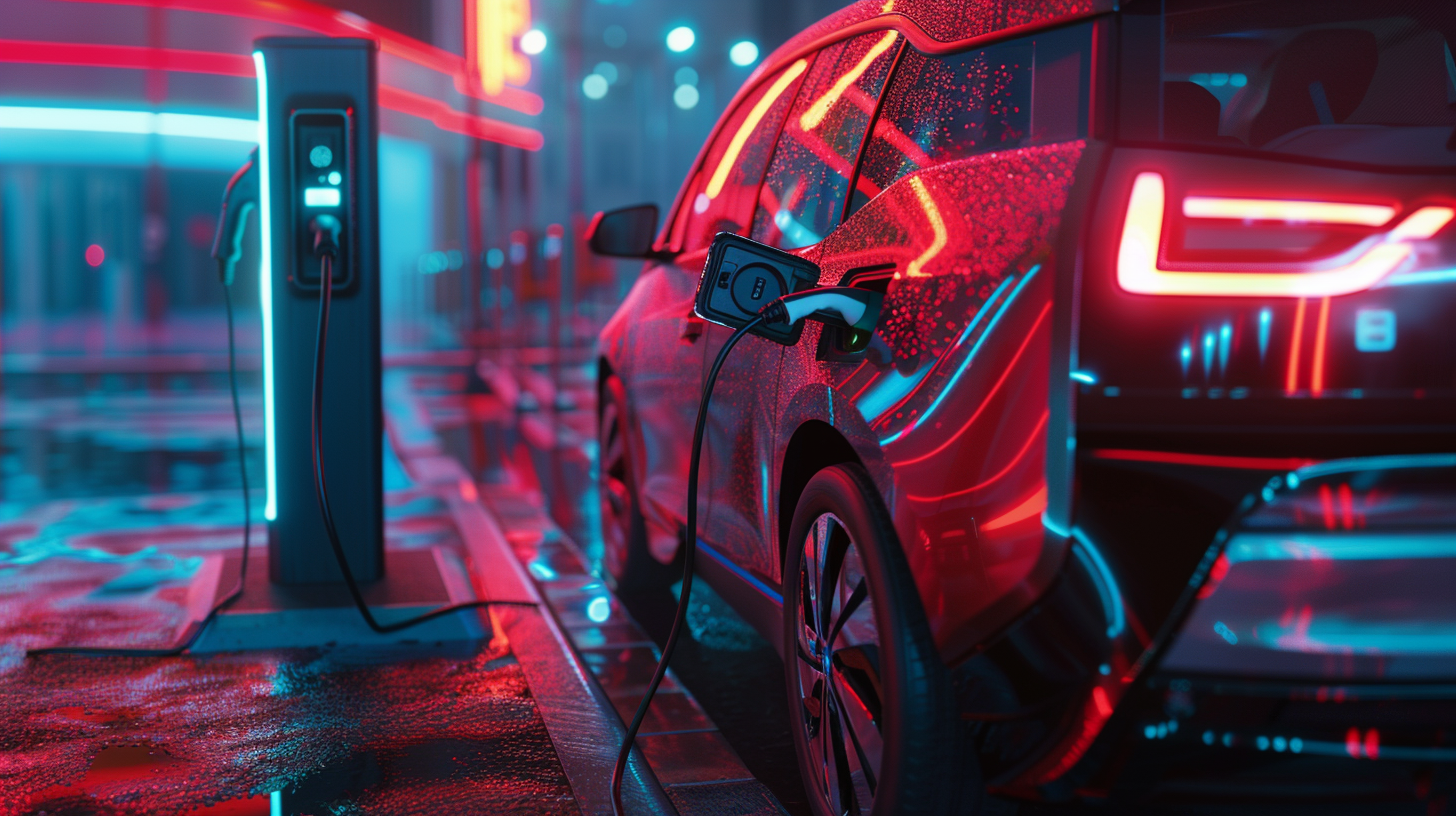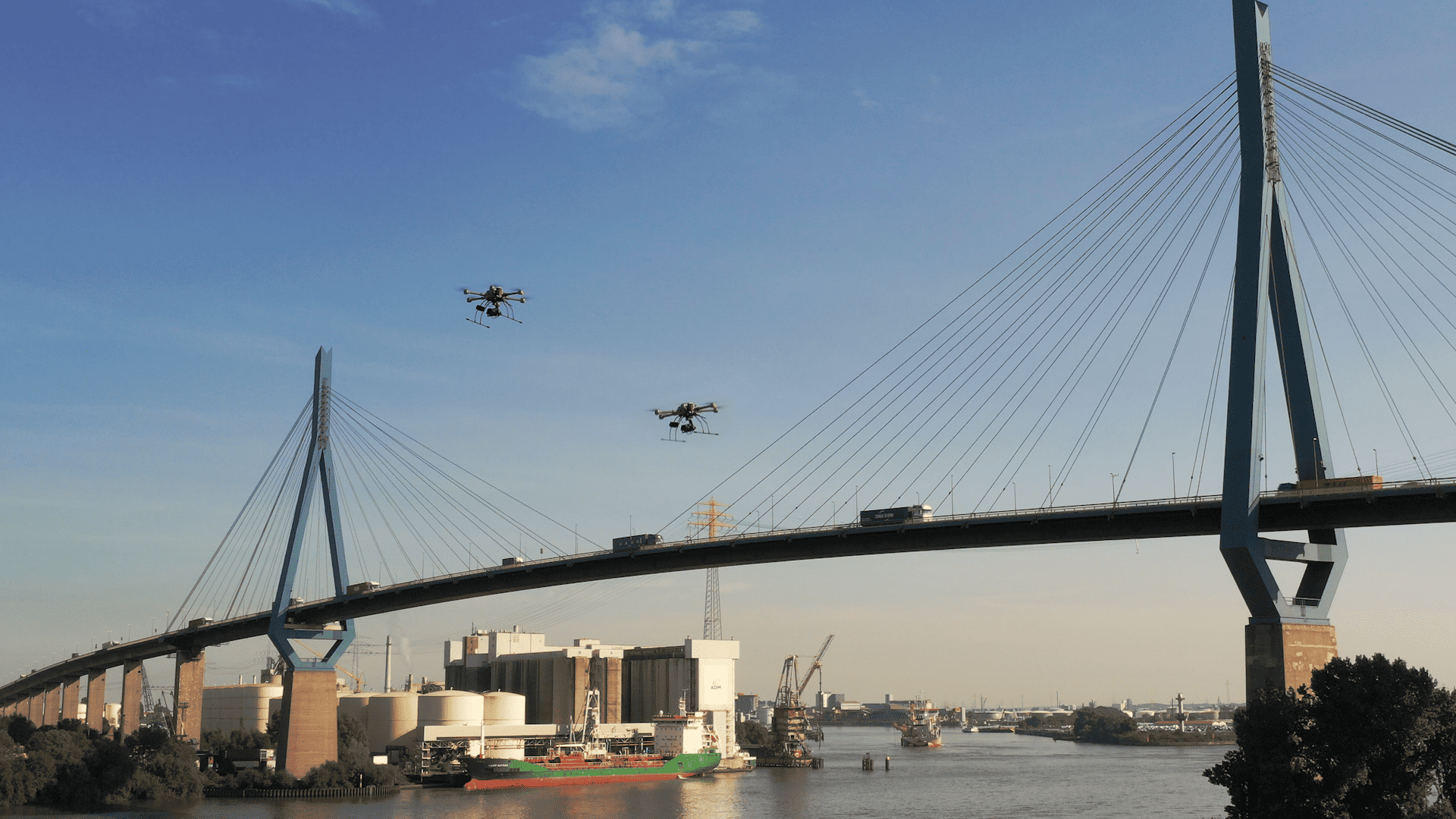
It will be some time before autonomous driving becomes part of everyday life. At present, the new systems that allow cars, trucks and buses to find their way on the roads and through traffic without a driver are not yet suitable for everyday use. In order for the autonomous vehicles to slowly pick up speed, more and more test tracks are being set up on which they can practice.
Self-driving cars have been on the L418 in Wuppertal since May 2018. At the same time, the first autonomous Deutsche Bahn scheduled bus was sent onto the road in Bad Birnbach in Bavaria. There are further test tracks in Berlin, on the A39 and L293 in Lower Saxony, in Düsseldorf and on Sylt. Around the Holledau motorway junction on the A9 and the A93 in Bavaria, the so-called digital test field Autobahn has been implemented since September 2015, where new systems and technologies can be tested in real traffic.
There are two test tracks in Hamburg since the beginning of April 2019. Since then, five e-Golfs have been rolling on public roads, on a three-kilometer section of the nine-kilometer test track. For this purpose, the track was specially equipped with the necessary technology, in addition to laser scanners, the cars also have cameras, radar and ultrasonic sensors on board.
Also since the beginning of April, test cars have been on the road in the border triangle of Germany, Luxembourg and France – in the south of Luxembourg, in the Metz region in France and in parts of Saarland – to learn how to cope with challenges such as traffic lights, signs or mobile radio systems. Of course, in all tests there is always a human driver on board who can intervene at any time.

Intelligent Systems Not Yet Error-Free
The intelligent systems that are supposed to ensure safety are already quite good, but still anything but faultless. As the Saarbrücker Zeitungreports, the cross-border project is therefore about “new insurance models or extensions which, for example, also include a claim for compensation in the event of hacker attacks”. Motor insurance companies are already working on models that will also be effective in the event of accidents with autonomous vehicles. In addition, cities and municipalities will also have to join in, which is likely to be a hurdle of its own, due to bureaucratic difficulties and differences of opinion between the parties.
One goal of the 200-kilometer cross-border test area is for autonomous cars to find their way even under different traffic rules and signs in various countries. In France, for example, there are neither stop lines at traffic lights, nor “yellow”. The traffic lights in neighboring countries often jump from “red” to “green”, and the traffic signs also differ visually from those in Germany. But the future has already begun in the test region. In Saarland, the Luxembourg region and Metz in France, intelligent traffic lights already exist now, which are able to communicate with each other.
“The test area will be used to test what will be standard in the future”, the Federal Minister of Transport is quoted by the Saarbrücker Zeitung. Starting in 2020, a small electric bus will travel “on demand” and autonomously on normal roads, at normal speeds across the borders of Überherrn in the Saarlouis district to Creutzwald in Lorraine. The aim is to create a vehicle with the highest autonomy level 5 that does not require a steering wheel or pedals because human intervention is no longer necessary, the responsible persons explain. “The results will help us to better align the conditions in cross-border public transport with the needs of our customers”, Saar Transport Minister Anke Rehlinger (SPD) told the newspaper. She also hopes that the innovations will reduce the number of rear-end collisions and reduce fuel consumption, “because cars know, where the next parking lot is located.”
We in Europe Can Drive Autonomously
So far, however, mistrust of autonomous vehicles still predominates among the population. According to the French Minister of Transport, Elisabeth Borne, around two-thirds of the population would not dare to sit in a car that is controlled by a computer and in which they themselves have no control. German politicians also know this. “We in Europe can drive autonomously”, said Scheuer, stressing that political decisions must also be adapted to technical developments. “Otherwise we will lose time.” According to Luxembourg’s Minister of Transport François Bausch, autonomous cars will be part of the region’s roadscape from 2035 on.
Also interesting:
Autonomous Driving: The Car Transforming Into a Living Room
Porsche Cautiously Joins the Car Makers’ Quest for Autonomous Driving








